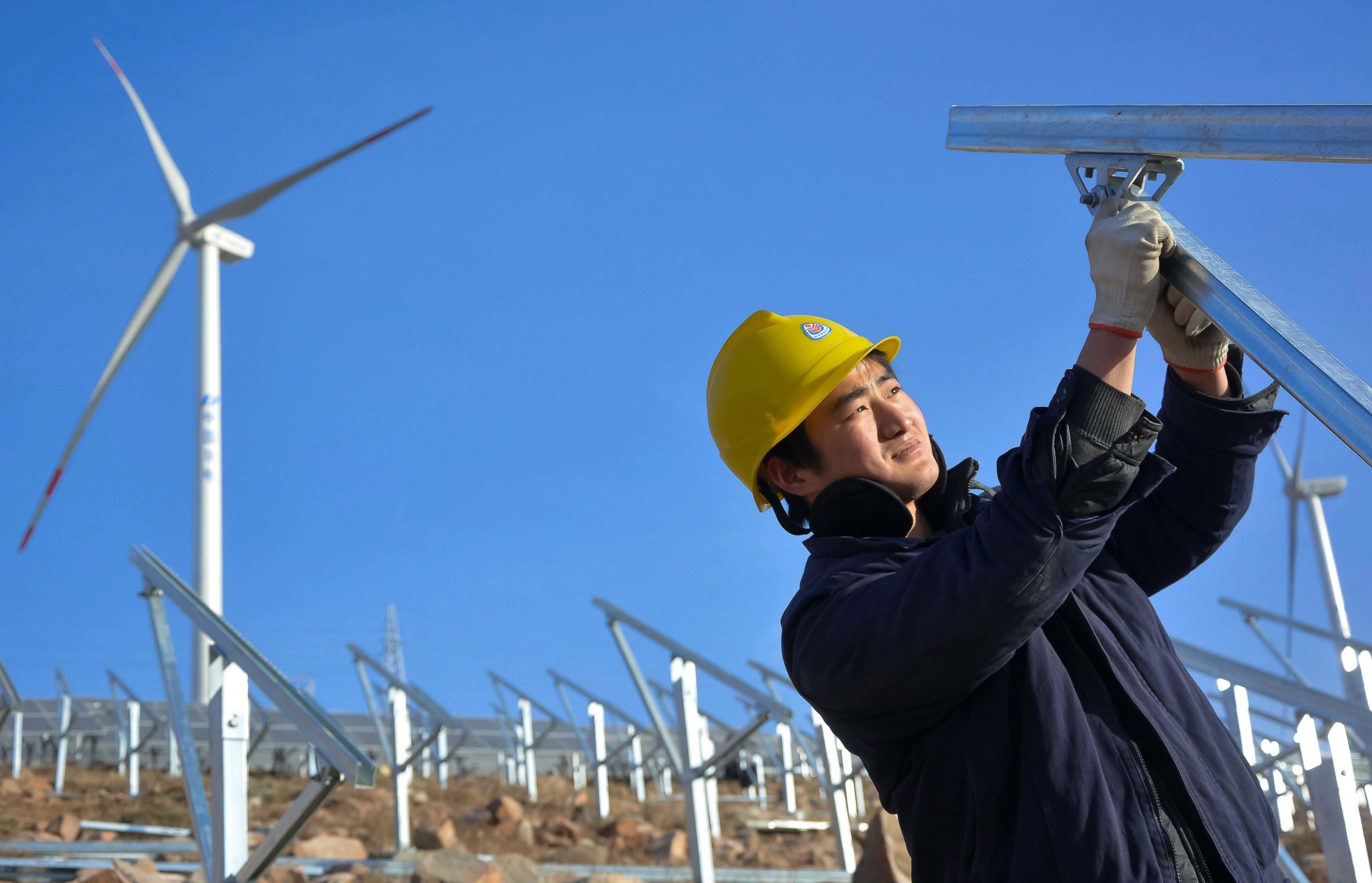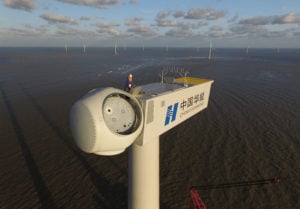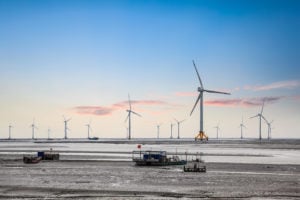In late September, the world’s largest emitter of greenhouse gases set its first long-term climate goal. China’s announcement that it would target carbon neutrality by 2060 elicited a huge response. Global efforts on climate change have faced setbacks, including the withdrawal of the US from the Paris Agreement and the impact of the coronavirus epidemic on the world economy. For China to take the initiative and set this target will inject new stimulus into the global response to climate change and boost ambition on emissions cuts. It is an important step towards a 1.5C warming target.
China’s energy system and economy are currently reliant on coal. In four decades, how can China transition from being the world’s largest emitter of greenhouse gases to carbon neutrality? What will this mean for China? It is crucial to make one thing clear: carbon neutrality is not just about climate change – decarbonisation will deliver unprecedented and seismic changes. The impacts and the benefits will be far-reaching and sustained for economic growth, technological advances, public health, new employment and the environment. China is demonstrating it has the determination to pursue a new mode of economic growth and development.
It’s not just about climate change
Energy and economic transitions are essential for the response to climate change but they are also necessary to achieve the country’s mid- to long-term vision of a “Beautiful China”, and will aid a post-pandemic “green recovery”. Also, these changes will create new opportunities for long-term growth through technological and industrial upgrades.
The past five to ten years have seen China make huge progress in tackling local air pollution. Controls on coal consumption and air pollutant emissions’ through end-of-pipe controls in the power, industry and building sectors have been effective approaches. This has demonstrated the strong synergies between decarbonisation and improving air quality. However, China has a long way to go before it hits the WHO air quality target of an annual average PM2.5 level of 10 micrograms per cubic metre, and the room for continued improvements through end-of-pipe controls is limited. A deep transformation of the energy system through a combination of decarbonising power generation, electrifying end-use sectors, and switching to low-carbon fuels will not just generate health co-benefits but is actually essential for long-term air quality improvements, better public health and the country’s Beautiful China vision.
Besides, the green economy has boomed globally over the last decade, with sustained and rapid falls in the cost of solar, wind and energy storage technologies. China has been a main player in the global green industry and has made significant contributions to those cost reductions. China is now a global leader in renewable energy investments and installations, as well as in the manufacturing and deployment of electric vehicles.
All countries are calling for a green post-pandemic recovery. And following on from rapid growth in fields such as information technology and artificial intelligence, it is inevitable that cleaner, safer and cheaper renewable energy will replace traditional fossil-fuel energy. Similarly, a new model of economic growth that is more sustainable and environmentally friendly will replace the traditional energy-intensive, polluting and resource-intensive growth.
Achieving carbon neutrality will be of strategic significance for China’s technological and economic development, bolstering the country’s leadership in a changing global economy that is climate- and environment-friendly. Besides the relatively mature sectors like solar, wind, batteries and electric vehicles, these new technologies and industries also include hydrogen in transportation and industry, emissions technologies such as carbon removal, and smart power grids. These green industries will invigorate China’s economic growth and create new high-quality jobs.
How should it be done?
This is an historic undertaking. However, how China’s carbon neutrality goal is defined and achieved will impact global success in meeting the 1.5C warming target.
At the University of Maryland’s Center for Global Sustainability, we think that while there is some flexibility in how the 2060 goal can be reached, all the pathways will need to rely on five strategies: sustainable demand, decarbonising electricity generation, electrifying end-use, fuel switching, and approaches to achieve negative emissions.
But uncertainties remain. These include non-CO2 greenhouse gases – whether they are covered by the target, and the near-term roadmaps – in particular the timing of peaking carbon emissions, which affects whether the overall carbon budget can remain in line with the 1.5C temperature goal.
Early action is needed not just to keep that global 1.5C warming target within reach. More importantly, actions today will affect the speed and challenge of China’s post-peaking changes, and the costs to achieve them.
150 GW
of new coal is already approved or under construction
An early peaking of carbon emissions will help reduce the risk of stranded assets and lower the costs of future changes. A “no new coal” strategy is particularly important to ensure a structured coal power phase-out by 2050. Currently, China has 1,050 gigawatts (GW) of coal power capacity – more than the rest of the world combined. This number is likely to increase during the 14th Five Year Plan period (2021-2025), as approximately 150 GW of new coal is already approved or under construction. Continued build of large, expensive and long-lasting coal power infrastructure will increase the risks of asset stranding – not only will these new investments become stranded, but the retirement of existing plants will be accelerated, raising the economic, financial and social challenges of the coal phase-out.
The benefits and impacts of these changes will be unevenly distributed across sectors, regions and groups. The net-zero transition will have a large impact on the fossil fuel industry – in particular the coal-dependent sectors along the entire supply chain, including mining, transportation, coal power, coal chemicals and other industries. This will be concentrated in regions where the economy and employment have been relying heavily on coal, affecting local economy, tax revenue and social benefits. Already, job losses in coal mining have occurred in traditional coal-reliant provinces such as Henan and Shanxi, driven by non-climate factors, such as the improvement in productivity through mechanisation, the elimination of small, inefficient coal mines, and industrial upgrading. As a coal phase-out is inevitable, coal jobs will also disappear. To make sure of a “just transition” with coal phase-out, policies are needed to help those affected and create opportunities for new growth models for these regions. Again, the sooner this is done, the better.
The 2060 carbon neutrality target sketches out a new vision for China’s mid- to long-term development: a stronger nation in terms of public health and safety, the environment, technological innovation, economic development and social welfare. And China is today at a critical point to start making these changes – this journey of a thousand miles must start with a single step. With the 14th Five Year Plan period imminent, China needs to produce a clear and detailed near-term action plan to lay a solid foundation towards its 2060 target.









